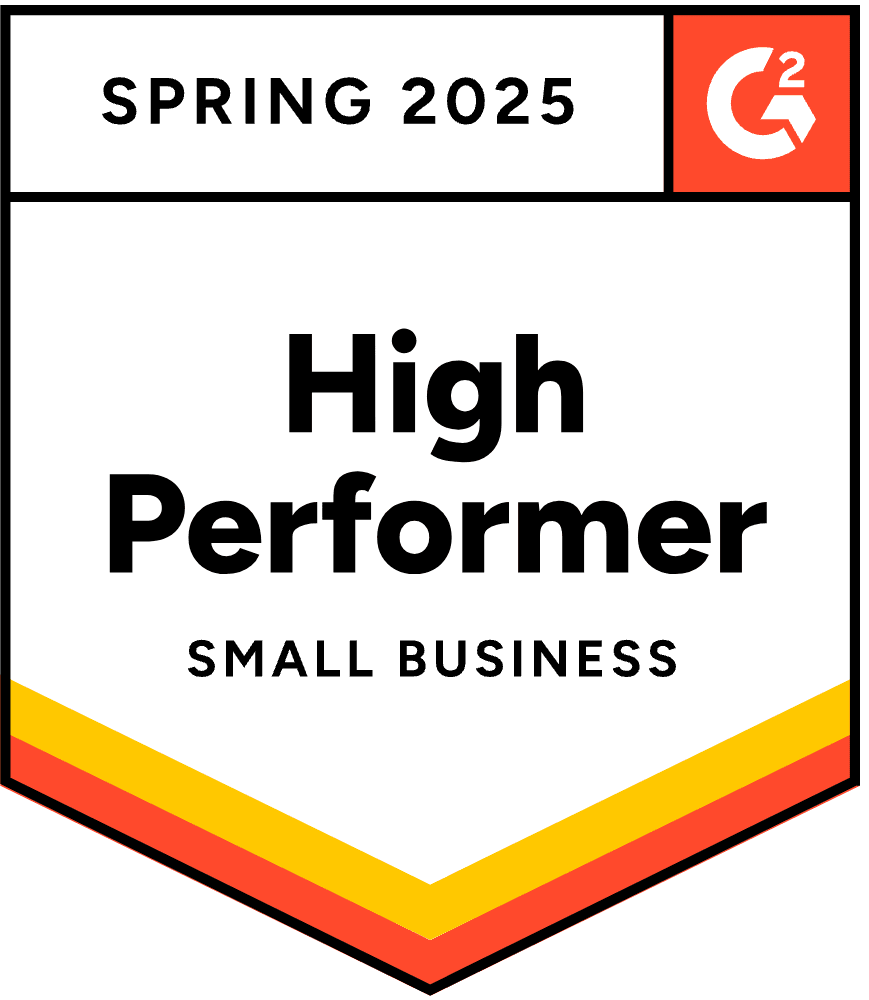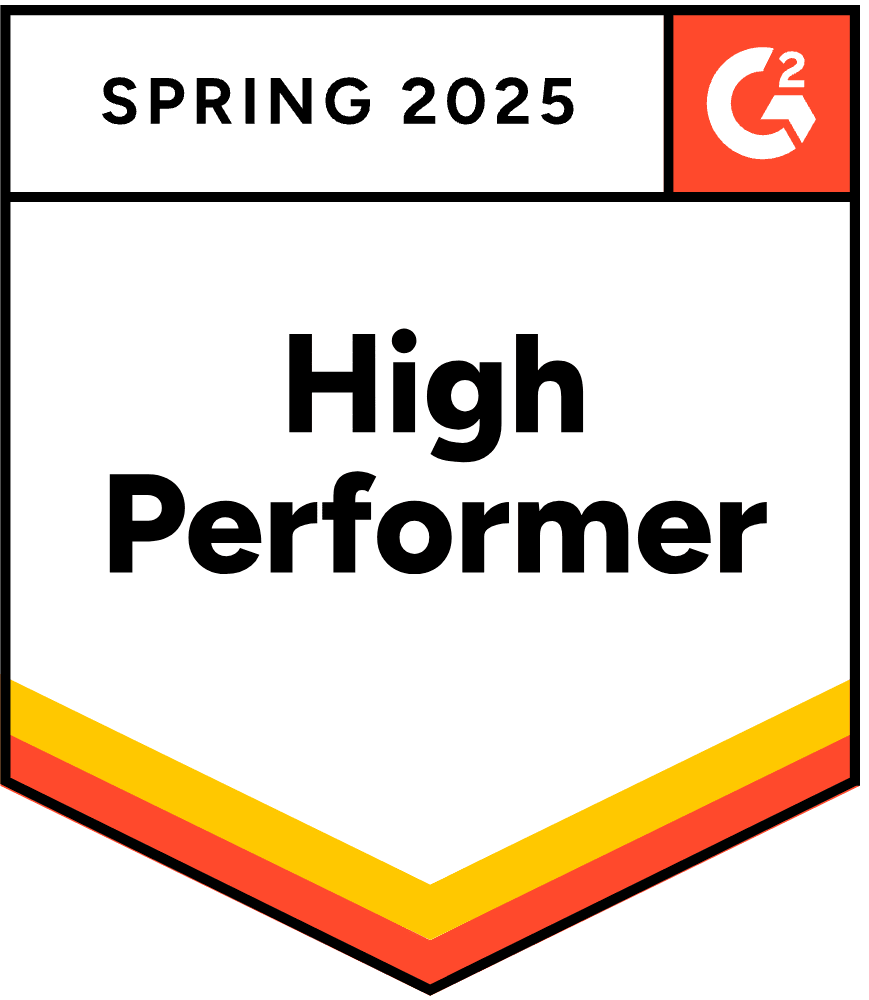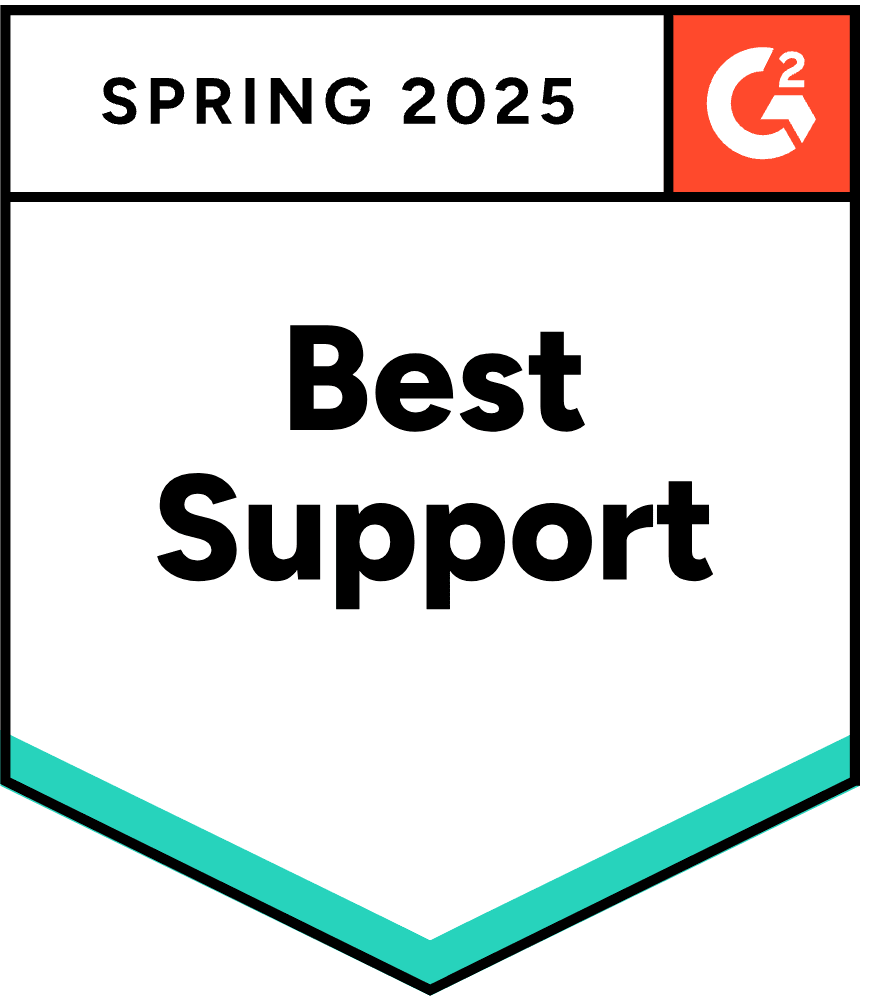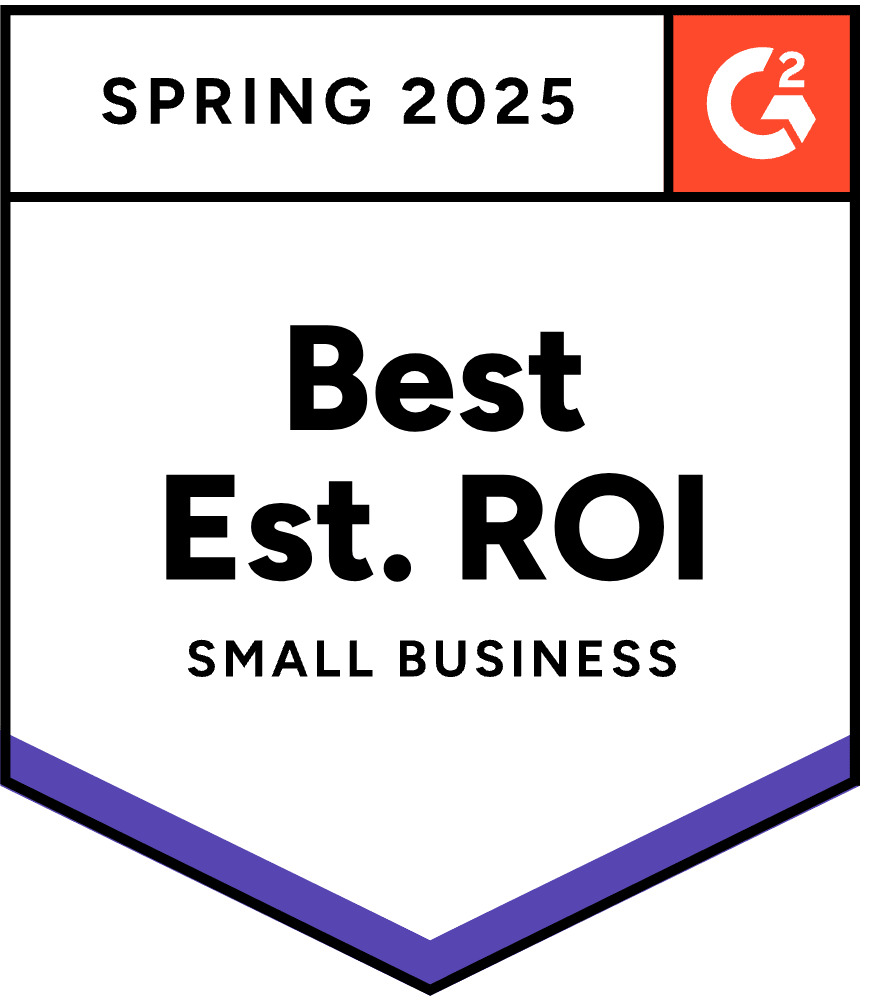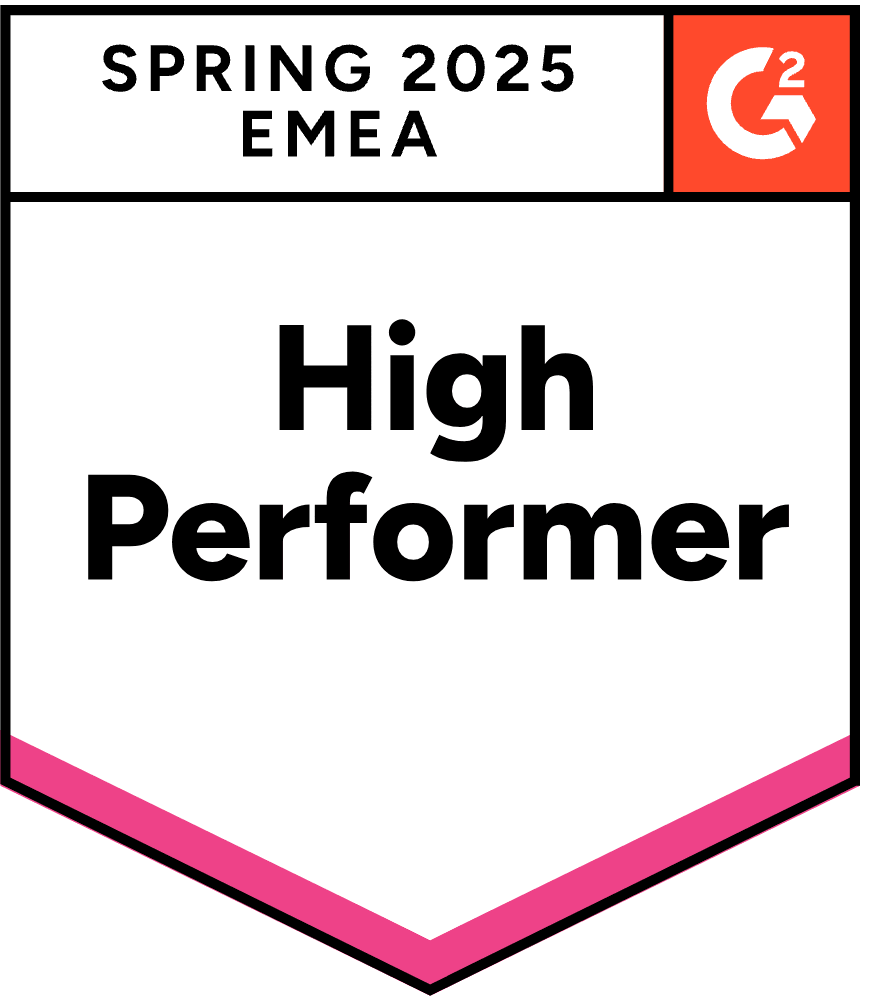Ecommerce Upselling 101: Boost Revenue Without Increasing Traffic
Smart online retailers know the secret to growing revenue extends beyond attracting new shoppers. Maximizing each customer's cart value in your ecommerce store through strategic upselling creates significant opportunities for increased profits without additional marketing costs. It can turn casual browsers into loyal, high-value customers.
This guide covers the fundamentals of eCommerce upselling and how you can use the sales technique to benefit both your business and your customers.
Understanding the Concept of Upselling
Upselling is a sales tactic that convinces customers to purchase a higher-end product, upgrade their current option, or add additional items to their order. Unlike aggressive sales tactics, modern eCommerce upselling focuses on enhancing the customer's shopping experience. It provides relevant, helpful options that align with users' interests and needs.
Upselling can take many forms across different industries. Some common examples are as follows:
- A coffee shop offers consumers an option to upgrade from a medium-sized drink to a large one.
- An electronics internet retailer suggests buying a protection plan or extended warranty with a new laptop.
- A hotel offers customers the opportunity to upgrade to a suite with a better view and amenities during the reservation process.
- A streaming service offers its users an option to pay a premium for an ad-free viewing experience and exclusive material.
Importance of Upselling in ECommerce
Research shows that eCommerce companies that utilize upselling can increase revenue from 10% to 30% on average. Additionally, Forrester research concludes that upselling and cross-selling collectively generate 10% to 30% of all eCommerce sales.
To illustrate the potential impact, think about an online seller doing $50,000 in sales per month. An effective upselling plan could add $5,000 to $15,000 per month in sales, translating into an additional $60,000 to $180,000 in revenue annually. For bigger sellers making $500,000 per month in sales, upselling would add $50,000 to $150,000 per month, which could be a dramatic difference in total profitability.
Apart from revenue expansion, upselling enables companies using eCommerce platforms to get the most out of current customers without the extra cost of marketing. Rather than depending on new buyers alone, store owners can strategically encourage shoppers to upgrade their purchases, boosting both average order value (AOV) and total revenue generated.
Moreover, a well-placed upsell can also improve the customer experience by delivering solutions that better fit the person’s needs. Whether it is an upgraded version of a product, an extended warranty, or a complementary add-on, customers appreciate recommendations that add convenience and value to their buying decisions.
The Difference Between Upselling and Cross-selling
Upselling is often confused with cross-selling. While the sales tactics are similar, there are a few notable differences. Upselling is about creating higher order values, where customers purchase more expensive products. In some cases, it involves adding extra items like bundles or warranties.
On the other hand, cross-selling aims to increase sales revenue by persuading customers to purchase additional products. The method is based on placing the right complementary products in front of consumers. For example, presenting shoppers browsing a t-shirt with a frequently bought together offer for a complementing pair of pants.
Enhancing Customer Engagement Through Upselling
When done correctly, upselling can improve customer engagement rather than detract from it. Merchants often see better increases in engagement rates when implementing upsell strategies that prioritize shopper experience over immediate gains. This makes engagement-focused upselling a powerful tool for building lasting customer relationships.
Creating a Personalized Shopping Experience
Customers are more likely to engage with brands that offer personalized recommendations. Personalization has been shown to increase average order value (AOV) for 98% of online retailers, making it a powerful tool for boosting sales and encouraging repeat purchases.
Successful personalization relies on advanced data analytics and behavioral tracking to make the shopping process fit each individual customer's particular tastes. By considering variables such as purchase history, prior response to the opportunity for an upsell, and the optimal price, you can offer upsell opportunities that will entice individual buyers. For example, a customer who frequently purchases camping gear might receive an upsell offer that recommends products such as a high-end tent or premium sleeping bag, rather than complementary products like cooking equipment.
Building Customer Relationships and Loyalty
Upselling, when approached as a relationship-building tool rather than just a sales technique, can be a major contributor to customer loyalty. According to Gartner, organizations with thoughtful upselling initiatives can increase customer retention by 75%.
To benefit from this type of result, you need to make customers feel understood while providing genuine value from your upsell offers. For example, if a coffee business upsells a premium grinder, it can accompany the offer with expert brewing tips and personalized coffee recommendations. This creates value beyond the sale and gradually accumulates faith between the customer and the brand.
Another way to create customer loyalty is to incorporate loyalty programs into your upsell promotions. You can provide exclusive upsell promotions to members of your loyalty programs, or you can reward extra loyalty points for taking corresponding upsell offers. You can also give loyalty program members early access to premium product upgrades.
The Role of Upselling in Increasing Conversions and Revenue
While the most significant impact of upselling is felt when it pushes the value per transaction higher, successful upselling increases the quality of the shopping experience, resulting in more satisfied shoppers and improved conversion rates in the process.
How Upselling Increases Average Order Value
The primary benefit of upselling is its direct impact on AOV. By offering customers upgrades, premium versions, or add-ons at the right time, you can make them spend more without requiring significant changes to your overall sales strategy. For example, suggesting an improved version of a product, such as one with additional features or value, could yield a 15% to 25% or higher AOV depending on the price points of your upsell products.
The impact of upselling tends to build up over time since you get to know your existing customers and improve your offerings by adjusting them to suit their buying patterns and preferences. By constantly optimizing your upselling procedures, you can drive the value per transaction higher incrementally, making your store more profitable.
Impact of Upselling on Revenue Growth
Upselling can create a long-term positive effect on your overall revenue growth. When done properly, upselling affects significant revenue drivers such as:
- Repeat orders: Upselling can help build more substantial customer relationships, so shoppers will likely return.
- Greater brand loyalty: Customers who see value in upsell opportunities trust your brand and become loyal advocates.
- More engagement: Effective upselling prompts continuous customer engagement, inviting customers to try more products.
A real-world example of upselling driving substantial revenue growth comes from Body Align, a brand that implemented Rep AI to enhance its upsell strategy. Through AI-powered upselling, Body Align achieved a 41% increase in AOV, while also reducing support tickets by 90%. This case demonstrates how intelligent upselling not only improves immediate sales but also creates long-term operational efficiency
Reducing Cart Abandonment with Strategic Upselling
Cart abandonment is one of the biggest challenges facing eCommerce businesses. While conventional wisdom suggests that upselling could increase abandonment rates due to higher cart values, upselling can help combat cart abandonment when implemented thoughtfully. For this to work, you need to understand the reasons behind lost carts and use upselling as a solution rather than an obstacle.
Addressing Common Reasons for Cart Abandonment
It is easier to make more effective upsell strategies if one understands why customers abandon their carts. Some users will just abandon their cart because they added the products and did not plan on buying. However, there are common reasons for cart abandonment that are largely preventable. These include unexpected fees, lengthy checkout processes, mistrust, and forcing an account creation.

Unexpected charges are a regular number one reason for cart abandonment. This would-be roadblock can be converted into a recovery opportunity with clever upselling. For example, if you know customers are going to be presented with shipping costs when they proceed further along in checkout, you can offer them free shipping on a premium product version or bundle sale.
Another common cause of abandonment is that customers also abandon their carts if they feel uncertain about the company they are buying from, or when they question the value of the product that they will be receiving. Strategic upselling can address these concerns with the bundling of products with warranty extensions, high-end support options, or value-added materials that contribute to the overall value proposition. Not only does this action reduce abandonment, but customers also feel more confident with the purchase.
The complexity of the checkout process can deter customers from completing a purchase. Rather than making this even more complex by providing upsells, you can choose to use upselling at an earlier stage in the customer process. Providing upgrade offers and bundle options on product or cart pages ensures that the checkout process is easy and conversion-focused.
Using Upselling for Encouraging Purchase Completion
Upselling will compel a customer to complete an order when the offer is aligned with the current purchase intent rather than deviating from it. This involves carefully selecting the upsell offers that are aligned with the products in the cart and presenting them in a way that confirms the purchasing decision of the customer.
Customer behavior tracking may also be applied to identify optimum times to do upsells. For example, you can apply your behavioral insights to monitor when your customers usually show hesitancy or begin to abandon the checkout page. Based on this information, you can proceed to present an opportune upsell for an upgraded product model or value-added package that reins in their attention and interest again.
Upselling can even be used strategically in post-cart abandonment recovery. When reaching out to cart abandoners, present them with customized recommendations for higher-priced options or bundles that address their concerns about their planned purchase. This not only recovers lost sales but can potentially increase the value of recovered carts with strategic upselling.
Final Thoughts
The success of your store's upselling strategy depends on your ability to provide genuine value while maintaining a customer-first approach. To achieve this, upselling should feel natural and aligned with the customer’s needs, offering products that enhance their overall shopping experience.
Rep AI makes implementing intelligent, personalized upselling easier than ever. With AI-powered recommendations and direct integration with your Shopify store, you can boost your AOV while creating more satisfying customer experiences.
Get started with a free trial today. Your customers and your bottom line will thank you.

.png)
.png)
.png)
.png)


